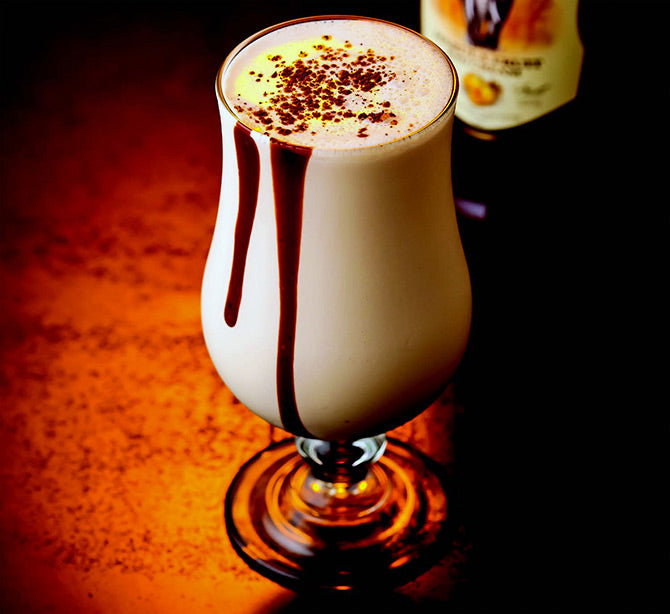FAQS
FAQs. General Information
What payment methods do you accept?
We accept most payment options. Amex, Diner, Visa, EFT, Paypal etc
How long do orders take, to be processed?
Orders are usually processed for shipment within 2 to 3 three working days.
You will receive a Fedex Tracking number via your email.
Shipping
Free shipping on large orders
Curbside collections. Yes, follow instructions that are mailed to you.
Tracking information will be mailed to you when your order has been collected.
Buy Bulk and save
A 10% discount is available on master case cases. This offer is available below the Add to Cart section.
What is biltong & droëwors?
Dry curing was a method used to preserve meat by the indigenous tribes of South Africa before fridges were invented. Usually made from beef or game, such as springbok, biltong (a thinly sliced, air-dried meat) and droëwors (an air-dried sausage) are traditionally eaten as snacks. The meat is cured in a mixture of vinegar, salt, sugar and spices such as coriander and pepper, then hung to dry. The finished product is prized by health enthusiasts for its high protein and low fat content. Nowadays, biltong and droëwors producers often add flavourings such as chilli or garlic to the meat and use a variety of meats, such as ostrich and wild boar.
The word biltong is from the Dutch bil ("buttock") and tong ("strip").
What are rusks?
Rusks are made from dough, broken or cut into chunks or slices after baking, and then slowly dried in an oven.
Rusks is the ideal snack food for rumbling tummies; morning, noon and night.
Rusks are best enjoyed when dunked into a hot drink of coffee or tea. Be careful not to dunk it for too long though: it will become too soggy and end up inside your cup.
A traditional way to treat stay-over guests, is to wake them with a tray of freshly brewed coffee and rusks.
Rusks variations include buttermilk, aniseed, bran, muesli, etc. The raising agent can be self-raising flour, baking powder combined with buttermilk or yeast. Instant yeast is common, with alternatives such as potato yeast and "mos". Mos is the juice of grapes in the first stages of fermentation. Rusk made with mos, "mosbolltjie", are particularly good.
How long have you been in business?
We have been selling SA foods in the USA for 22 years.
What makes you different?
We are Proudly South African wanting to bring home to where ever you are. Visit our site regularly, or sign up for a newsletter, where we will keep you informed of new products and developments.
Do you offer Loyalty Points?
Coming soon, we will also have affiliates in each state, so make contact with us if you are interested in promoting our products to your area of influence.
What type of products do you sell?
We sell Proudly South African products - View our full range here.
What is Potjiekos?
Potjiekos, pronounced ‘poi-key-cos,’ is directly translated as ‘pot food.’ The dish consists of a variety of ingredients, typically meat and vegetables, layered in a round cast-iron pot and placed on open coals. This style of cooking dates back to the 1500s and epitomizes South African cuisine, rivaled only by the ever-so-popular braai.
What is a Braai?
A braai entails grilling food over coals; and even though they seem similar to a barbeques, it is definitely not. Here are some of the key differences between a traditional South African braai and a BBQ.
-Man makes fire.
-South Africans don’t need an excuse to braai.
-Come rain or shine, we braai.
-South Africans can braai anything.
-It’s more than just a meal.
-It’s a tradition
-South Africans can braai any time of day.
-The atmosphere is something else.
-There are very strict rules and a process
-The amount of food is uncanny
-You braai with feeling
-The Braaier has certain privileges.
-But the main difference between a braai and a BBQ, is that when guests arrive for a braai, then only is the fire lit.
What is Melktert?
Melktert , (Afrikaans for milk tart) is a desert consisting of a sweet pastry crust containing a custard filling made from milk, flour, sugar and eggs. The ratio of milk to eggs is higher than in a traditional Portuguese custard tart or Chinese egg tart, resulting in a lighter texture and a stronger milk flavor.
The dessert originated among settlers at the Dutch Cape Colony in the 17th century, and is believed to have developed from the Dutch mattentaart, a cheesecake-like desert from around 1514. Some recipes require that the custard be baked in the crust, while others call for the custard to be prepared in advance, and then placed in the crust before serving. Cinnamon is often sprinkled over its surface, and the milk used for the custard may also be infused with a cinnamon stick before preparation.
What is Fruit Chutney?
Chutney is a family of condiments or sauces in the cuisines of the Indian subcontinent.
Chutney is a savory condiment made from slow-cooked fruits or vegetables, vinegar, and spices. Originating from India, chutneys have traveled the globe, and every country has their own take on this versatile condiment. Chutneys from South Africa will often include apricots, while British chutneys favor the use of apples. Indian chutneys can be made from a wide variety of ingredients, including coconut, mint, peanut, mango, tamarind, and a blend of exotic spices.
Whatever you enjoy with ketchup, you can replace it with chutney. Best with curries and Potjies.
What is a koeksister?
A koeksister is a traditional Afrikaans confectionery made of fried dough infused in a cold syrup. It should not be confused with the similar sounding Cape Malay koe'sister, which is a fried ball of dough that's rolled in coconut.
Koeksisters are prepared by frying plaited dough strips in oil, then submersing the hot fried dough into ice cold sugar syrup. Koeksisters have a golden crunchy crust and liquid syrup centre, are very sticky and sweet, and taste like honey.
What is a Bunny Chow?
Bunny chow, often referred to simply as a bunny, is a South African fast food dish consisting of a hollowed-out loaf of white bread filled with curry. It originated among Indian South Africans residing in Durban.
The words Bunny Chow derives from Bread (Bunny) and a slang word of ‘To Eat’ (Chow).
Definitely 100% Rabbit free.
What is Boerewors?
Boerewors, is a type of sausage which originated in South Africa, is an important part of South African cuisine and is popular across Southern Africa. The name is derived from the Afrikaans/Dutch words boer ("farmer") and wors ("sausage"). Boerewors must contain at least 90 percent meat, and always contain beef, as well as lamb, pork, or a mixture of lamb and pork. The other 10% is made up of spices and other ingredients. Not more than 30% of the meat content may be fat.
May the wors be with you.
What is Malva Pudding?
Malva pudding is a Dutch import. It is a sweet and sticky baked sponge pudding made with apricot jam and smothered in a hot butter cream sauce. This is South Africa’s answer to the British sticky toffee pudding, served in many restaurants and homes.
What is Bobotie?
Another dish thought to have been brought to South Africa by Malay settlers, bobotie is now the national dish of the country and cooked in many homes and restaurants. groun beef is simmered with spices, usually curry powder, herbs and dried fruit, then topped with a mixture of egg and milk and baked until set.
Use chutney to compliment this meal.
What is Monkey Gland Sauce?
It is a barbeque sauce, enjoyed with burger or steak We are not sure if the sauce itself is unique to South Africa, but the name certainly is!
This store will soon stock this famous sauce.
What is a Dom Pedro?
SA’s contribution to culinary history.
A dom pedro is a grown-up milkshake, usually served in a stemmed glass. It calls for a splash of liqueur mixed into ice cream. While the original dom pedro uses whisky (more on that later), many recipes call for Amarula or Kahlua instead, or maybe even Amaretto, Frangelico or Jägermeister (no judgement), if they’re being really fancy. Basically, if it’s in a glass and contains ice cream and alcohol, you’ve got yourself a dom pedro. It’s a great South African cocktail: a true leveler, beloved by young and old.
The only thing nicer than a Dom Pedro, is a Spur birthday. ( ask any South African to explain this)
There is a difference of opinion over the name of the famous dom pedro ( sometimes pronunce as pon pedro) don means “mister” and dom means “clergyman”. Either way, however you pronounce it – you are guaranteed that everyone will know what you mean.

